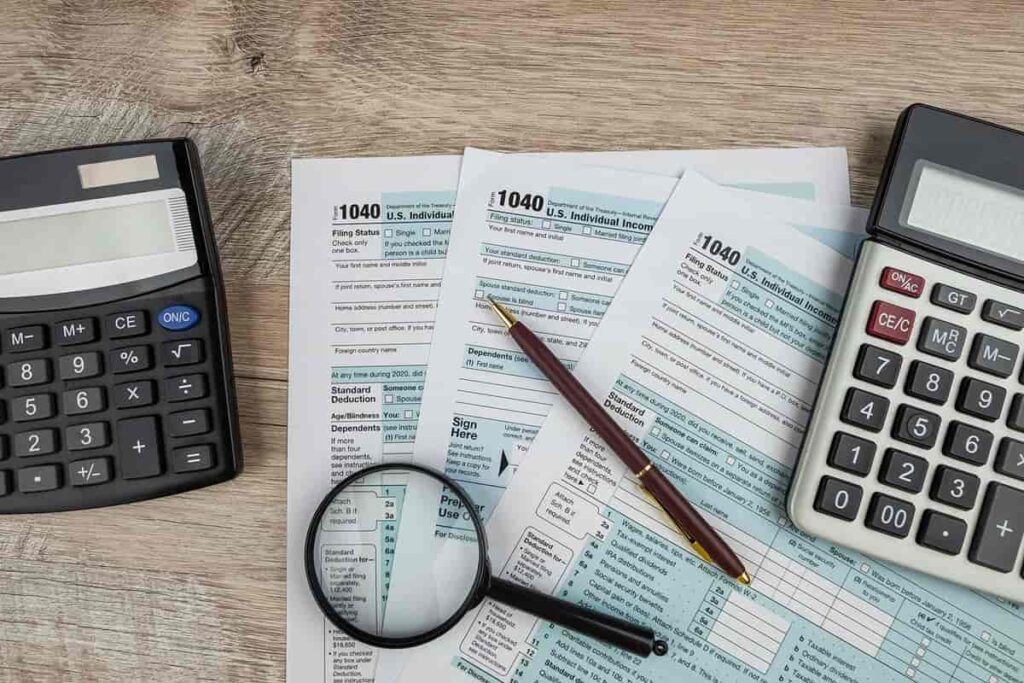How Many Tech Stocks Should You Hold In Your Portfolio?
Table of contents

The simplest questions are often the most difficult to answer. How many stocks should you hold in a portfolio? Starting at 21,000 feet, most investors are people with some amount of capital they want to put somewhere so it can grow over time. The duration of time often correlates to risk tolerance and the amount of capital at stake. There are old stock market millionaires, and there are bold stock market millionaires, but there are few old bold stock market millionaires. People who treat the stock market like a casino won’t keep their capital for very long. The more money you have, the more you become interested in capital preservation. The more stocks you hold, the less risk you’re taking on.
Investors need to start with a holistic look at their total assets under management, then ask themselves the first question. How much of my capital do I want to invest in tech stocks? If you’re risk averse like we are, you might keep that number under 25%.

Our 34 tech stock portfolio contains about 22% cash, so our actual exposure to tech stocks is even lower. The question we’re asking ourselves lately is how many tech stocks should we hold as a maximum? Other investors might be asking how many stocks they should hold at a minimum. This is where an objective rule can be a useful addition to our investing methodology. First, we can start by looking at what the academics say.
The 30-Stock Rule
Diversification helps reduce company-specific risk along with all other kinds of risk that may affect a portfolio – country, political, credit, and currency to name a few. Being too diversified can be problematic as well. If you bought every stock in the Nasdaq Composite Index, you’d be essentially doing what a passive manager does – trying to match the performance of a benchmark. Popular opinion says that somewhere between 20 to 25 stocks is the diversification sweet spot.

More importantly, investors need to consider the time needed to manage a portfolio of stocks. If you plan to jump in and out of the market, be prepared for a large time commitment and don’t expect to sleep well at night. If you buy quality companies with a time horizon of a decade or more, then you can set it and forget it. For a quality company, checking in about once a year is sufficient. Just be prepared to stomach some serious volatility over time.
Tech Stock Volatility
The recent dip in tech stocks saw many concerned emails coming in from readers who wanted some reassurance that everything was well. This minor correction you’re seeing is small potatoes. When the dot-com bomb exploded, the Nasdaq composite index fell -76% in the space of 30 months. Many were adding all the way down as the knife fell. Even stocks like Intel, Oracle, and Cisco weren’t immune, all of which lost -80% of their value. It took an entire 15 years for the Nasdaq to return to its previous highs. This is what the situation looks like today.

So, when you’re trying to figure out how many tech stocks to hold, make sure you know what you’re getting into. The only reason we’ve allocated 22% of our assets to tech is because we’re extremely bullish on technology over the coming decades. That’s about the only way we can justify having so much exposure to such a risky asset class.
How Many Stocks Will We Hold?
We recently wrote about how the number of companies going public – over 900 this year so far – has exceeded even the dot-bomb days. Many of these companies use special purpose acquisition companies (SPACs) to go public very quickly, which means investors are being overwhelmed with exciting options.

Even if you largely avoid SPACs like we do, there are still many compelling stories to invest in. Setting yourself a limit means you now need to consider a would-be investment in the context of what you’re already holding.
For us, it’s all about getting exposure across 12 categories we cover; 11 in technology and one in cannabis. If we allow for three stocks in each category, that would be 36 stocks (3 X 12). If we then add a 10% buffer and round up, we get 40. We’re proposing that the number of stocks we hold in our tech portfolio should never exceed 40, and should never be less than 30. These are nice round numbers that are easy to remember and they also flow well when it comes to weighting.
- For an equally weighted portfolio of 30 tech stocks, your target position size would be 3.33%
- For an equally weighted portfolio of 40 tech stocks, your target position size would be 2.5%
Right now we’re holding 34 tech stocks across a broad number of themes with nearly half our exposure in three categories – AI, Life Sciences, and Green Technology.

An obvious question is do we limit the number of stocks for any given category? Should Life Sciences really have 7 stocks, or should we cap that at some arbitrary number? Perhaps it’s best to let the availability of appealing stocks decide this over time. When a limited number of slots are available, they suddenly become more valuable, and we may remove an asset to add one. For example, if we buy shares in AutoStore, we may decide that’s a good time to divest our robotics ETF. We can then measure the success of our decision easily by benchmarking AutoStore against the ETF’s performance.
Another question surrounds having a minimum number of stocks for each category. For example, you’ll see we don’t have any exposure to several categories – space and cannabis. Regarding the former, we have our eye on a few space stocks, something we talked about in our recent piece on Why We’re Avoiding Rocket Lab Stock – RKLB. As for cannabis, our research team is currently examining a potential entrance into this sector for several reasons, so stay tuned.
Conclusion
Every individual investor needs to decide how much capital to allocate to tech stocks and how many to hold. Our capital allocation decision is largely driven by our risk-averse approach to investing, while our choice of 40 stocks maximum is dictated by the structure of our business. The most important decision being made is the percentage of our capital allocated to tech stocks. Whatever number of tech stocks you choose to invest in, just be prepared for lots of volatility.
Sign up to our newsletter to get more of our great research delivered straight to your inbox!
Nanalyze Weekly includes useful insights written by our team of underpaid MBAs, research on new disruptive technology stocks flying under the radar, and summaries of our recent research. Always 100% free.















Can you please publish a piece on why Nanalyse are not invested in Microsoft, Google, Amazon etc? They still appear to grow at decent clips, seem to have alot of ETF inflows and appear to have reasonable valuations.
What are your thoughts on broad-based ETFS? Do you think they should be a core of someone’s portfolio?
Why does Nanalyse focus on pure play when synergies between technologies may benefit a company more than a standalone play. Amazon’s warehouses, IoT, cloud servers etc may be an example.
I’m loving my premium subscription and I’m glad to be a supporter after watching your YouTube pieces for a while now.
Good questions Stephen. We invested in Google at the IPO and held until we reconfigured out entire tech portfolio for Nanalyze. That included selling BABA, coincidentally at the perfect time for reasons covered in a piece on that topic. We’re investing now with two strategies – disruptive growth and dividend growth – the latter being most heavily weighted with over 50% of AUM. We have always pushed investors towards having a lion’s share of their assets in “safer” products like broad-based ETFs. In numerous videos and articles we’ve shown our own AUM allocation which includes such funds for exposure to Europe and Asia. Regarding the FAANG, they fall into the gap between disruptive growth and dividend growth – traditional growth stocks if you will. There is so much coverage out there for names like these that we probably can’t add to much value on top of that even if we decided to start covering that “gap.” We’ve looked at Amazon before in the context of hyperscalers, but again, we need to keep our resources focused on the two strategies we’ve decided to run with. We couldn’t be happier to hear you’re enjoying your Premium subscription and asking great questions. We’re always here to answer them. Note that our YouTube channel has lots of leeway on topics so we may look to cover Apple soon, and possibly some of these other larger tech names. Thank you for the financial support and keep the great questions coming!